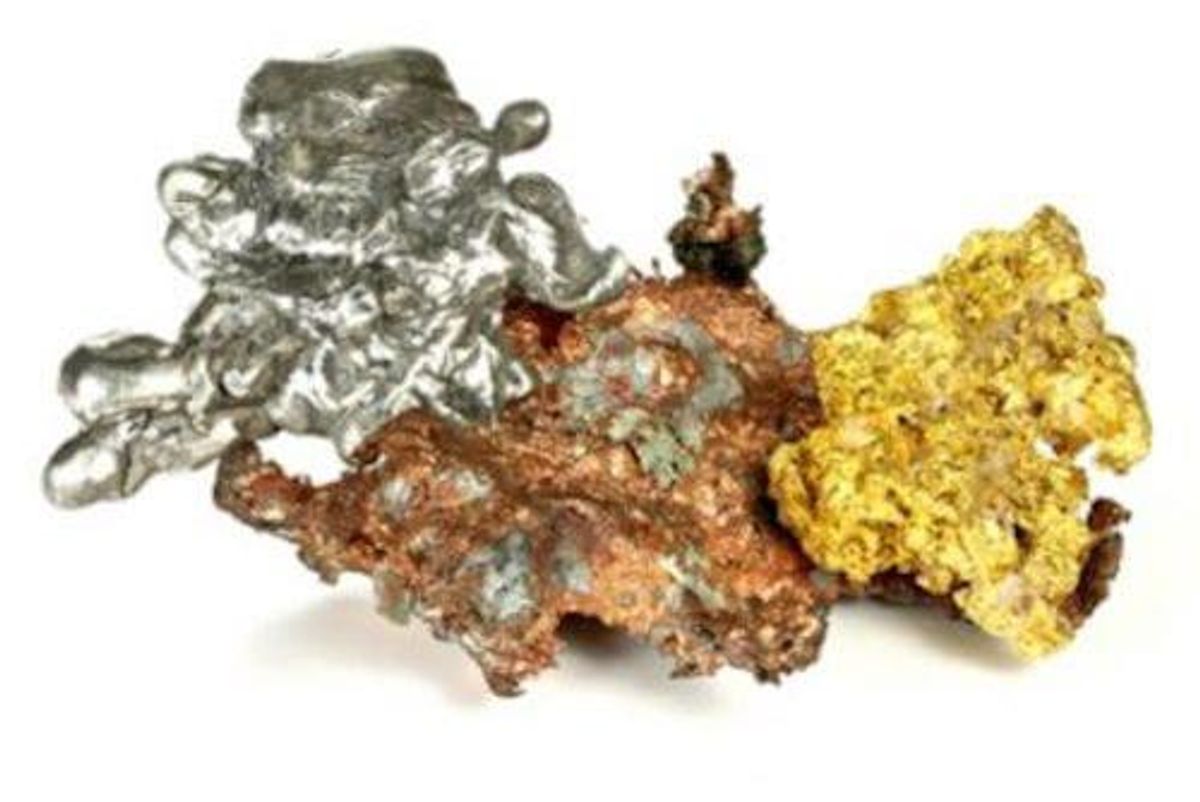Precious Metals Weekly Round-Up: Gold Rises on Investor Demand

Fears of a global recession paired with emergency rate cuts by the US Federal Reserve have resulted in mass selloffs, impacting gold’s ability to benefit from its safe haven nature.
After a week that saw gold drop below US$1,450 per ounce for the first time since August 2019, the yellow metal has started to rally, breaking US$1,500 in pre-trading hours on Friday (March 20).
Fears of a global recession paired with emergency rate cuts by the US Federal Reserve have resulted in mass selloffs, impacting gold’s ability to benefit from its safe haven nature.
Other precious metals also faced headwinds early in the week, reversing gains made in recent months.
After falling to a year-to-date low of US$1,450.70 on Monday (March 16), gold has begun to exhibit strength as confident investors return to the market following broad selloffs.
“This is now an environment where people are looking for stores of value, and people are now looking for assets of the highest quality,” said Will Rhind, CEO of GraniteShares (ARCA:BAR), during a Bloomberg Intelligence analyst briefing.
He continued, “We’re not obviously at the stage where people are panic buying gold, like the panic buying (of) toilet paper, but that very well could be the case at some point in the future. Right now, people are just incredibly defensive and therefore looking for assets of the highest quality.”
Noting that gold exchange-traded funds have reached all-time highs and central bank gold buying is rising, the analyst forecast growth, saying that amid the market chaos of 2008, gold ended in the green.
“(Gold) is an asset that is not someone else’s liability,” said Rhind. “So in other words, gold is one of the very few assets, liquid high-quality assets, that has no critical counterpart risk.”
As of 11:12 a.m. EDT on Friday, an ounce of gold was trading for US$1,492.73.
As gold slipped back to its August 2019 levels, silver fell dramatically, reverting to 2009 lows when it dropped to US$12.18 per ounce.
Facing the same liquidation issues as gold, the white metal’s losses were further compounded by its industrial correlation. Supply chain disruptions, production declines and demand decreases are battering the industrial sector, where silver is an important material.
As gold began to rally with more safe haven demand, silver was unable to use the same tailwinds for momentum; it briefly passed US$13 before North American markets opened on Friday, but then pulled back below US$12.60.
The gold/silver ratio reached an all-time high this week when it hit 124:1 on Monday.
As Grant Sporre, metals and mining senior analyst at Bloomberg Intelligence explained, the elastic band that has held gold and silver in tight correlation has weakened over the last five years, as silver becomes more associated with industrial metals.
That has resulted in the gold/silver ratio being more reminiscent of the gold/copper ratio.
“If we think of silver purely as an industrial metal and less of a precious metal, then it’s probably not surprising that the gold/silver ratio is close to an all-time high,” said Sporre.
“I know it’s very tempting to look at the ratio going back over history and say, ‘Well, silver is massively undervalued compared to gold.’”
Silver was trading for US$12.61 at 11:13 a.m. EDT on Friday.
This week also proved challenging for platinum. The metal started the period at US$605 per ounce, a significant discount from its year-to-date high of US$1,006 in mid-February.
The gray metal continued to trend downward, dropping as low as US$588 on Thursday (March 19), a price unseen since 2003.
Like silver, platinum is facing dwindling demand from its prime sector, the automotive industry.
Similar to gold, the metal displayed promise on Friday, moving as high as US$637 before slipping back to the US$600 range. Platinum was moving for US$613.50 at 11:14 a.m. EDT.
Palladium is also facing headwinds in terms of demand, which is reversing the growth the metal has made in the last six months.
The catalytic convertor metal reached an all-time high in late February, when it was selling for US$2,754 per ounce, but has dropped dramatically in the time since.
Falling as low as US$1,430 on Wednesday (March 18), the metal was off 48 percent at its lowest price since August 2019. An ounce of palladium was selling for US$1,546 at 11:15 a.m. EDT on Friday.
Don’t forget to follow us @INN_Resource for real-time updates!
Securities Disclosure: I, Georgia Williams, hold no direct investment interest in any company mentioned in this article.